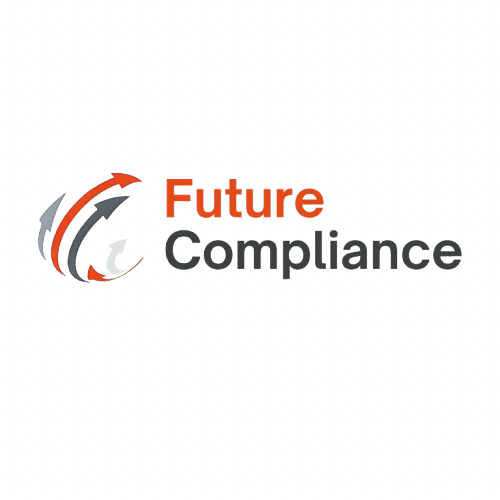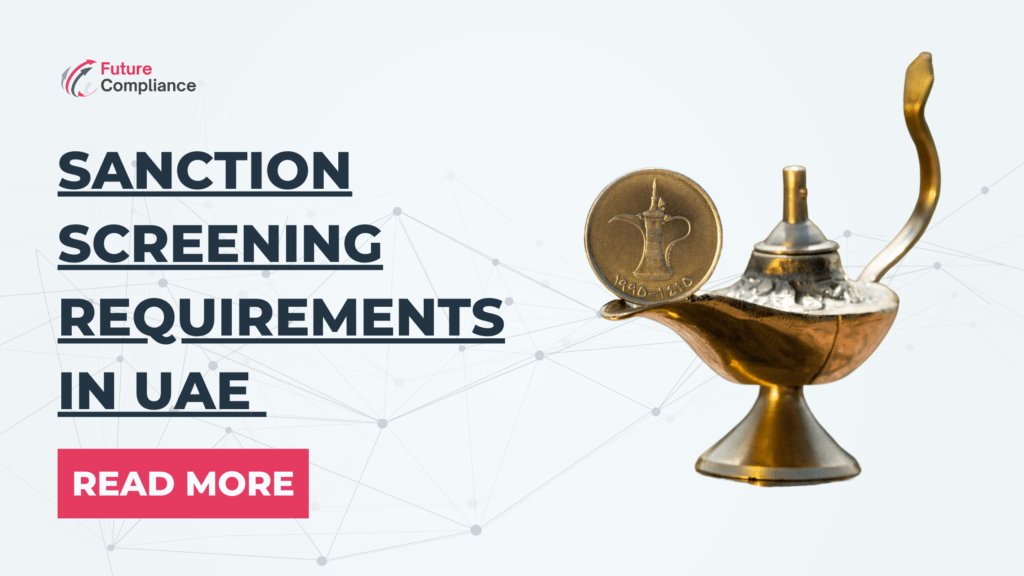In the realm of Anti-Money Laundering (AML) and Countering the Financing of Terrorism (CFT), maintaining robust compliance frameworks is paramount. When supervisory authorities identify deficiencies within an entity’s AML/CFT measures, they may issue a Remedial Action Plan (RAP). This plan serves as a directive for the entity to address and rectify these shortcomings. Implementing an effective RAP not only ensures compliance but also fortifies the organization’s defenses against financial crimes.
Table of Contents
ToggleUnderstanding the Remedial Action Plan (RAP)
A Remedial Action Plan is a structured outline provided by regulatory bodies, detailing specific actions an organization must undertake to correct identified AML/CFT compliance issues. It encompasses areas of concern, applicable regulatory provisions, and prescribed remediation steps. The RAP aims to bridge gaps in the existing compliance framework, ensuring that the entity aligns with legal and regulatory standards.
Key Steps for Effective RAP Implementation
-
Thoroughly Review the RAP
Begin by meticulously examining the RAP to comprehend each identified deficiency and the corresponding remedial actions. Understanding the regulatory expectations is crucial for effective implementation.
-
Prioritize Remediation Actions
Assess the severity and potential impact of each compliance gap. Prioritize actions that address the most critical vulnerabilities to mitigate risks promptly.
-
Develop a Detailed Action Plan
Formulate a comprehensive plan outlining the steps, resources, and timelines required for each remediation task. Assign responsibilities to ensure accountability and track progress effectively.
-
Allocate Necessary Resources
Ensure that adequate resources, including personnel, technology, and budget, are allocated to execute the remediation actions efficiently.
-
Enhance Internal Controls and Procedures
Revise existing policies and procedures or develop new ones to address the identified deficiencies. Implement robust internal controls to prevent future compliance issues.
-
Conduct Comprehensive Training Programs
Educate employees about the updated AML/CFT policies and procedures. Regular training fosters a culture of compliance and ensures that staff are well-equipped to detect and prevent potential violations.
-
Establish Continuous Monitoring Mechanisms
Implement systems to continuously monitor transactions and business relationships. Ongoing oversight helps in the early detection of suspicious activities and ensures sustained compliance.
-
Maintain Open Communication with Regulatory Authorities
Keep the supervisory authority informed about the progress of remediation efforts. Regular updates demonstrate commitment to compliance and facilitate a collaborative relationship.
-
Document All Remediation Activities
Maintain detailed records of all actions taken to address the RAP. Comprehensive documentation provides evidence of compliance efforts and is essential during audits or regulatory reviews.
-
Evaluate the Effectiveness of Implemented Measures
After completing the remediation actions, assess their effectiveness in addressing the identified deficiencies. Make necessary adjustments to ensure that the compliance framework remains robust and responsive to emerging risks.
Best Practices for Sustaining AML/CFT Compliance
-
Foster a Culture of Compliance
Leadership should emphasize the importance of AML/CFT compliance, encouraging ethical behavior and accountability at all organizational levels.
-
Stay Informed About Regulatory Changes
Regularly update compliance programs to reflect changes in laws and regulations. Staying informed ensures that the organization adapts promptly to new compliance requirements.
-
Leverage Technology for Compliance
Utilize advanced software solutions for transaction monitoring, customer due diligence, and reporting. Technology enhances efficiency and accuracy in compliance processes.
-
Engage in Regular Independent Audits
Periodic audits by external experts provide an objective assessment of the AML/CFT framework, identifying areas for improvement and ensuring ongoing compliance.
Implementing a Remedial Action Plan is a critical step in reinforcing an organization’s commitment to AML/CFT compliance. By following these structured steps and best practices, entities can effectively address regulatory concerns, enhance their compliance posture, and contribute to the global fight against financial crimes.




